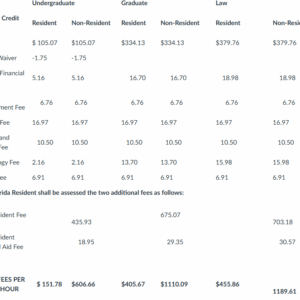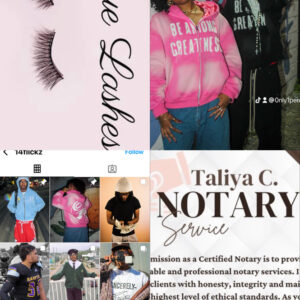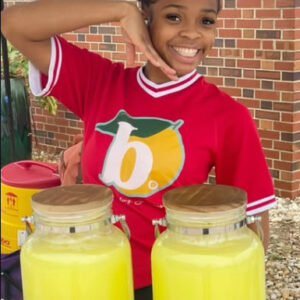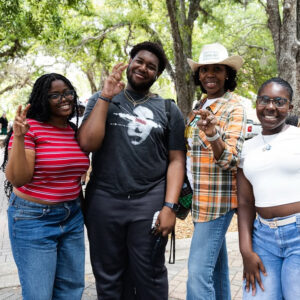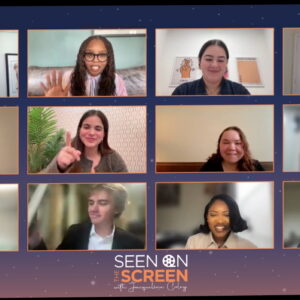Entertainment | April 23rd, 2018
The Ingenious Passive Representation of DuVernay’s “A Wrinkle In Time”
By: Simone Williams
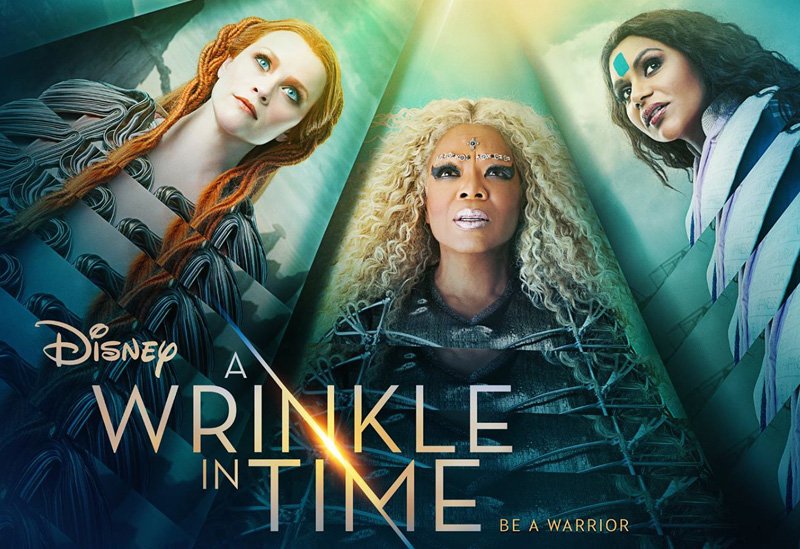
Disney’s “A Wrinkle In Time” premiered in theatres nationwide this passed Friday. The movie has already been called “imaginative,” “magical” and a “love letter to black girls.”
Much black hype surrounding the release of this film was due to expectations that it continue the greatness that was “Black Panther.” Where “Black Panther” was deemed a champion for afro-futurism, it was thought that “A Wrinkle In Time” would be a champion for the afro-fantasy genre.
But to buy a ticket with this expectation is to set yourself up for disappointment. Where this film really shines is in its nonchalant representation.
Meg Murry, the main character, is a mixed black young lady with a mixed black mother, a white father and a mixed asian younger brother. Also, the three Mrs. Ws are Caucasian, Black and Indian. Moreover, the “Happy Medium,” played by Zach Galifianakis, clearly wears eyeliner and displays effeminate qualities. Yet, race and sexuality are never addressed anywhere in the film.
That is what makes the diversity in this movie so special; Its characters are defined by their actions, not their labels.
In fact, fellow director Ryan Coogler penned an appreciative open letter to Duvernay following the release of the film, saying “Ava is inclusion, equality and representation…Above all, it’s a film about a little black girl with glasses — like my mom, like my wife, like my big sister Ava.”
The movie’s greatest weakness is that it’s clearly a kids movie. It only scratches the surface of its more serious topics, leaving older movie goers unsatisfied. However it is worth a watch for its gorgeous visuals, its heart, and its freedom from stereotypes to bring you a story about love’s limitless reach.
